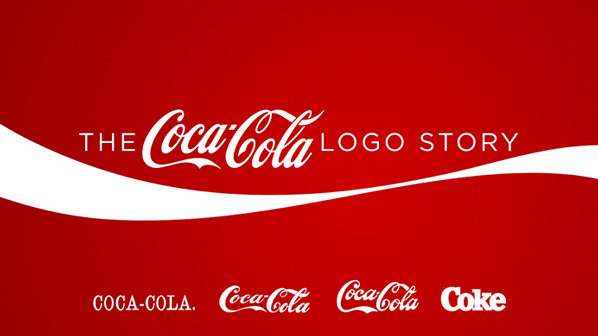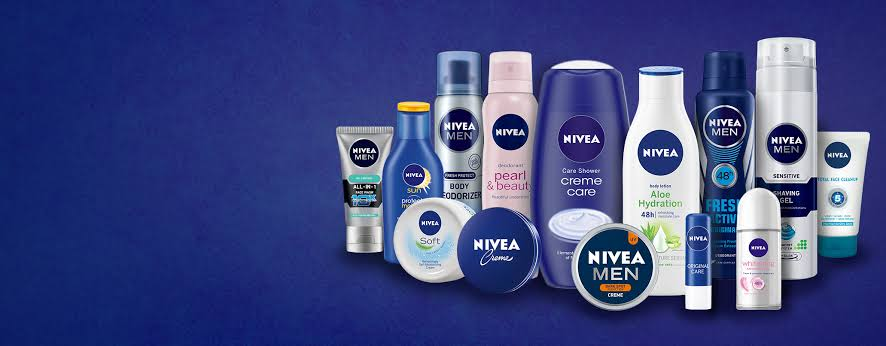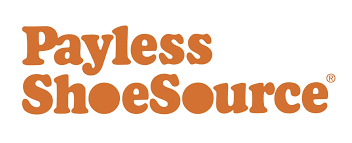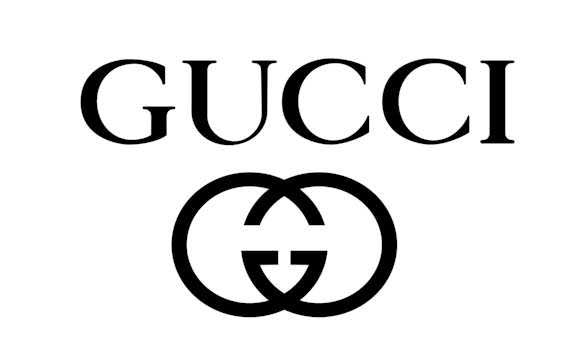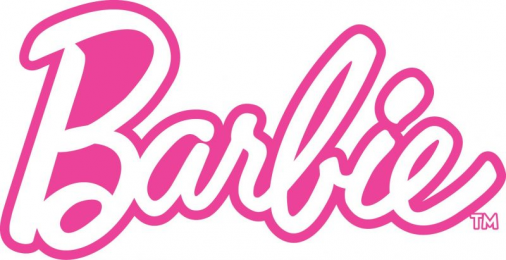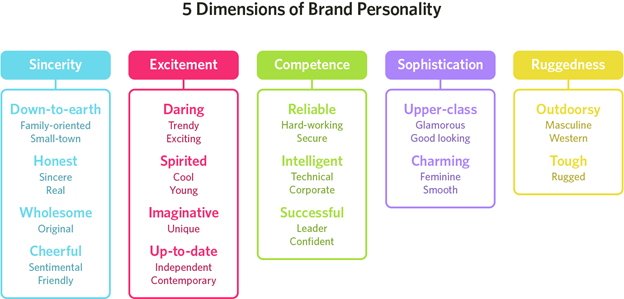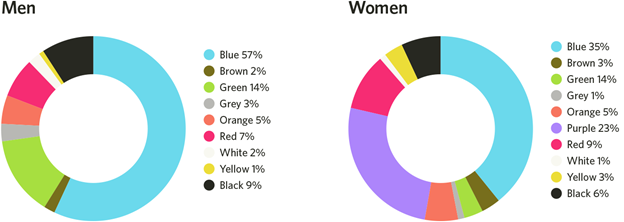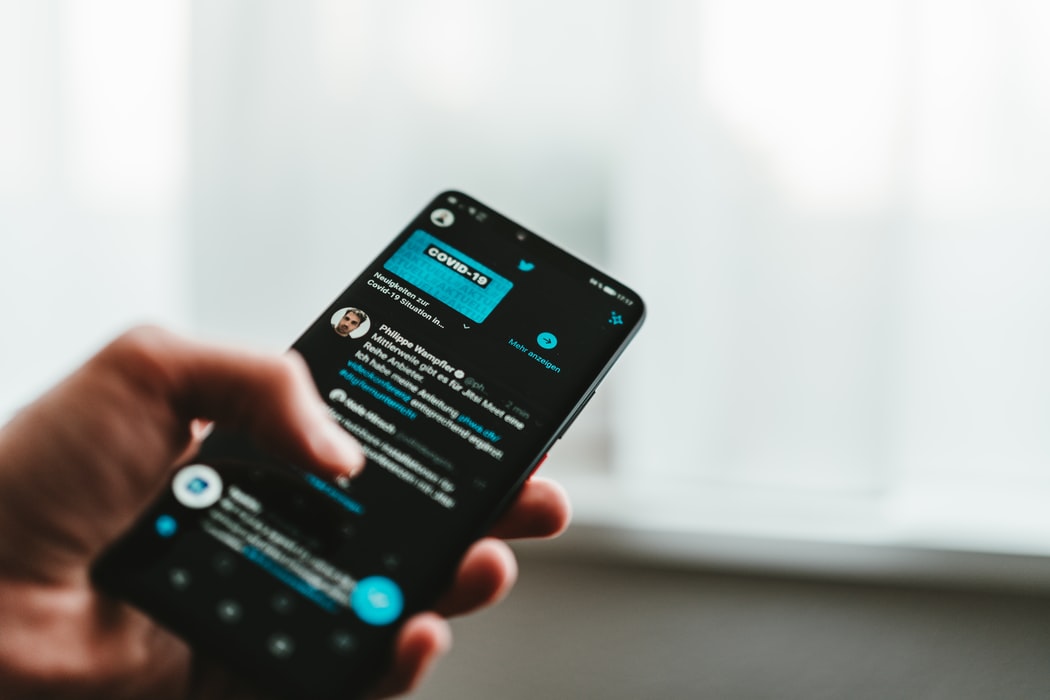
Twitter is a pretty powerful marketing tool, but before you incorporate it into your business plan, ask yourself – do you need it?
80% of the 330 million Twitter users are millennials, so if your brand is targeting users between the ages of 18 to 49, only then should you come up with a twitter marketing strategy.
Then comes the question of why choose Twitter over other marketing platforms.
On Twitter, video ads are 50% cheaper and the platform’s users spend 26% more time watching these ads as compared to Facebook and Instagram, which is why video engagement is higher and that too, at a lesser price.
Apart from that, in my own experience as a marketer, I feel that Twitter is a great platform to tell your story.
Most of its users are highly educated and likely to trust brands that are transparent and responsible; thus, it is a great way to connect with potential and existing customers.
If you want to effectively market your brand through Twitter, it’s not as simple as setting up a profile and tweeting regularly.
For achieving maximum Return on Investment, incorporate these tips into your twitter marketing strategy:
#1. Determine the number of accounts you need
The first part of planning your twitter marketing strategy is auditing your accounts.
This depends entirely on the nature of your brand.
If your parent brand has sub-brands or co-brands, for example, Samsung Home and Samsung Electronics, then it’s best to create multiple accounts.
Even if you sell different product lines, for example, Nike footwear and Nike sportswear, different accounts can be more effective than a single one.
This is what marketers call Twitter lists.
You might be thinking, it’ll take double the effort to gain followers – but if your audience differs, your tweet timing and frequency will also differ.
All of this impacts customer engagement, which makes it crucial to create and maintain multiple profiles for bigger brands.
In order to measure engagement metrics, there are a number of platforms available – the first and foremost being Twitter Analytics itself:
If you’re looking for a tool to provide a more detailed overview, you can go for Buffer but some features require payment.
#2. Construct the right profile
There are 3 things that you need for a profile that is easily discoverable and retainable in customers’ minds:
- Handle
In order to fulfill the criteria above, your Twitter handle should be short and similar to your brand name, otherwise, you will end up confusing users.
Celebrities often use the word ‘official’ in their handles because there are so many fan pages with the same names; thus, creating clarity:
If you’re a blogger, you can also use your handle creatively to describe your profile:
Another reason why it is important to keep a short handle is that there is a 280 character limit on each tweet, so anyone who wants to retweet will avoid mentioning brands with longer handles.
Make sure you eliminate any extra characters in your handle, for example, spaces, punctuation marks, numbers, etc.
- Profile and cover photo
Most guides will tell you that your profile picture is extremely important – and it is.
But most brands go for their logo when uploading a profile picture.
All you need to do is make sure it’s high quality, clear and not pixelated.
The colors of your logo should also be good enough to seem appealing.
However, the real game-changer is your cover photo (or what some marketers call the header image) – because that is what creates the first impression of a visitor which goes a long way in determining whether they will follow your brand or not.
In this case, go all out.
Upload the most impressive picture that is either an extension of your logo, explains what your brand does, or anything else that is relevant to your brand.
The retail brand Target is an inspiration to all brands out there when it comes to Twitter profiles:
This look is so mesmerizing and gives out positive vibes due to the colors used.
Plus, it is completely in sync with the brand’s logo (as seen in the profile picture), which is an added bonus because visitors will easily be able to retain this information; thus, increasing brand recognition.
Similarly, British Airways opted for a simple yet elegant cover:
A good shot of its plane is all that they needed for the right cover photo.
It explains what the business does and reinforces the brand’s logo as seen on the plane.
What you need to do is be creative and think out of the box so that you wow your profile visitors.
Plus, unlike your profile picture, you need to change your header image frequently.
It’s a great way to advertise new campaigns, products, events, etc.
The frequency at which you should change your cover image varies depending upon the traffic that you get daily.
Changing it too often is also a bad sign because it can end up confusing visitors.
Thus, depending on the traffic that you get, set the desired frequency at which you change your cover/header image.
Lastly, the optimal dimensions for your cover image are 1500 x 500 pixels.
Images uploaded on Twitter need to be under 2 MB so make sure they are compressed.
The best file formats are JPEG or PNG.
When uploading a cover image, make sure you fulfill these criteria for the best outlook.
- URL
This is a small but very crucial part of your profile.
If visitors like your profile, they will not only want to follow you but also purchase from you.
Instead of making them carry out the effort of looking for your website, add it to your profile just below your bio:
If you’re a blogger that doesn’t have a website yet, you can always create a URL through your twitter handle:
#3. Schedule posts
In such a fast-paced world, it’s impossible to manually handle business operations now.
With COVID-19, everything has shifted to online marketing which makes automation even more crucial for business survival.
Platforms like Buffer and Hootsuite allow you to schedule posts beforehand.
Not only does this reduce your reliance on employees, but it also improves accuracy.
For example, you may forget to send out a tweet to followers wishing them a Happy Christmas, but with the help of tools for digital marketing, you can add it to your calendar in advance.
Plus, you don’t have to be tied at the office to send out a tweet at the right time.
You could be enjoying the holidays with family and the tweet will be uploaded automatically.
In the long run, this will cost you much less as compared to paying employees to handle your twitter accounts.
#4. Create a unique bio
You have 160 characters to describe everything that your brand does, so make it count.
Just like the pictures on your profile, your bio is a major factor in determining the first impression of visitors.
Since you have a lot to tell and very little space to tell it, only add key points i.e. what your business does, talk about your best sellers and if you can manage to, tell your story.
Your goal should be to create a unique bio.
If every clothing brand talks about selling high-street fashion or casual-wear, stand out of the crowd and offer something unique which will go a long way in creating an impression on visitors’ minds.
Plus, the best Twitter bios always have humor incorporated in them:
Notice how Carrie Brown managed to write full sentences while explaining who she was, a family description and all that with a touch of humor.
#5. Timing is key
If you have any experience with social media marketing, you’ll know that every platform has peak hours and days during which, if you post something, you’ll get the highest engagement rates.
If there’s one time you want to avoid when posting a tweet, it’s between 3-4 PM.
The best hours, on the other hand, are between 11 AM-1 PM. Posting after 12 PM will get you the highest engagement.
This makes sense since intellectual individuals are the majority users of Twitter who wake up and check their feed first thing in the morning or while they’re at work.
This is also why the worst times to post are before 7 AM, especially on weekends, because Twitter is not exactly an entertainment platform as compared to Facebook and Instagram.
The peak days to post on Twitter are weekends i.e. Friday to Sunday.
This information is highly crucial so that you can schedule tweets accordingly for the best engagement rates.
According to Neil Patel, some studies also suggest that peak hours to post are 4-6 PM.
However, it depends entirely on your audience.
If they use Twitter for fun, they’re likely to fall in the second category.
If they’re work individuals looking to stay updated with the latest news and trends, it is best to post tweets in the morning.
#6. Use interactive marketing techniques
Your Twitter marketing strategy is not effective until you use the right marketing mediums.
The platform provides much better click-through rates as compared to others, but only if your brand’s target audience is active on it.
With that being said, you have better chances of maximizing ROI by using interactive marketing techniques like visuals and video.
Tweets with photos are much more likely to get retweeted as compared to tweets with just text.
Plus, video content is even more engaging than pictures, so much that it is currently on the list of the biggest marketing trends of 2020.
Last year, videos accounted for 80% of all internet traffic, and the number keeps getting higher each year – which goes to show that it is a powerful marketing tool and it keeps gaining momentum so you need to invest in it as much as possible.
#7. Trending hashtags are a must for your twitter marketing strategy
Hashtags are like the SEO for social media platforms.
The algorithms of platforms like Twitter and Instagram are designed to discover content with hashtags quicker, which means it ranks higher.
You can use the Keyword Tool to find out trending keywords that have high search volume and CPC.
It’s a paid tool, but you’ll definitely need one if you want your content to be discoverable.
However, if you cannot afford one, a great way to use the best hashtags is to follow competitors and see what they are using.
This will give you a better idea about the type of hashtags that are currently popular in your industry.
Make sure you do this frequently because the most trending hashtags vary from time to time.
Another thing you can do is to create your own hashtag.
This is your brand’s own hashtag that customers can use when they post something related to your brand.
It’s a great way to boost user-generated content which in turn creates brand awareness.
However, to make sure that people actually use it, you need to make it trendy enough that your customers want to be included.
Lays came up with a witty hashtag for it’s new flavours that went viral:
And with that, they managed to create brand awareness at the lowest possible cost just because of a catchy hashtag.
You’ll also notice how brands incorporate hashtags into their tweets very casually, which is exactly what you need to do: null

Make it sound natural enough while optimising your content for Twitter so that it ranks higher.
Conclusion
So that sums up everything that you need to know for your Twitter marketing strategy.
While following these steps and incorporating them into your strategy, make sure to keep in mind that every business is unique and you will have to tweak them according to your business’s needs.
For example, posting a tweet has some set peak hours, but within those you will have to find the ones that your audience is most active in.
Thus, use your research and development department to get to know your followers and plan your strategy accordingly.
Original POst: https://expresstext.net/blog/twitter-marketing-strategy/


